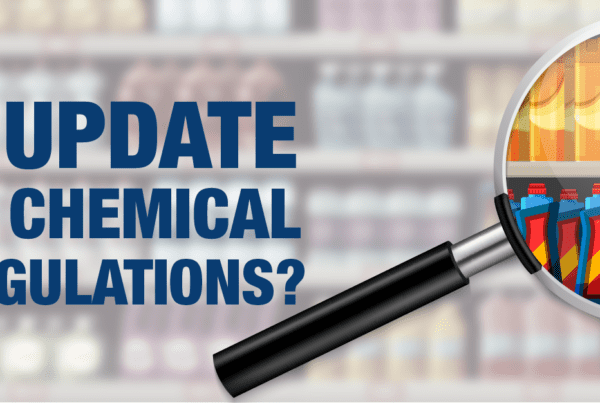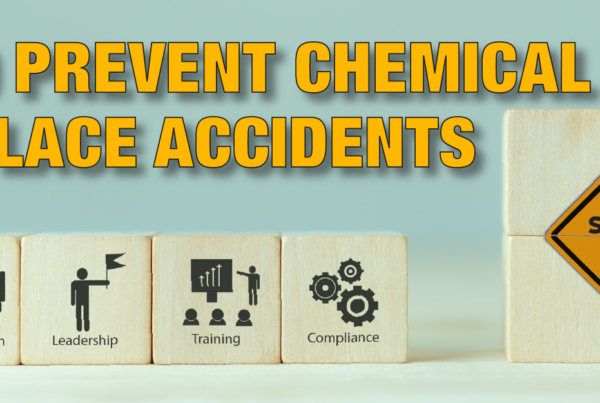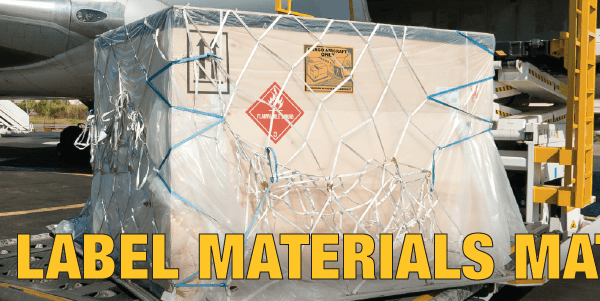UPDATE – The June 29 Canada Gazette II contains the Federal Canada Labour Code adoption of WHMIS 2015 into the various CLC OHS Regulations (SOR 2016/141).
The amendments are effective immediately with an employer operating transition period until Nov. 30, 2018 – i.e. WHMIS 1988 or WHMIS 2015 may be used for products in/entering the workplace.
WHMIS 1988 may be used for products already present in the workplace at Dec. 1, 2018 until May 31, 2019.
Details can be found:
http://www.gazette.gc.ca/rp-pr/p2/2016/2016-06-29/html/sor-dors141-eng.php
Watch our Blog site for more information
Formal Transition to WHMIS 2015
July 1st Ontario begins the formal transition to WHMIS 2015- Ontario Gazette June 25, 2016 –O.Reg. 168/16 amends O. Reg. 860
Ontario employers must prepare to convert their workplace programs to WHMIS 2015 during the period from July 1, 2016 through May 31, 2018. Stock under WHMIS 1988 already in the workplace may continue to be used until Nov. 30, 2018. Product received under WHMIS 1988 must comply with supplier labeling requirements (e.g. hatched borders/symbols) and MSDS requirements (e.g. 3 year “expiry” date) under the WHMIS 1988 (CPR) regulations.
Introducing new products under WHMIS 2015 will require training workers in WHMIS 2015 before they are used.
This information is referenced in the amended O. Reg. 860 s. 25.1 “Transition”; and the enforcement policy as last reviewed December 2015:
https://www.labour.gov.on.ca/english/hs/faqs/whmis2015.php
ON OHS ACT
As before, the majority of details are contained in the amended O. Reg. 860 (WHMIS) under the ON Occupational Health & Safety (OHS) Act. However readers are reminded that Part IV “Toxic Substances” of the OHS Act itself, deals with WHMIS issues in s.37-41.
In addition to the requirement to the general requirements in making available SDS to the workplace parties, the amended OHS Act requires making them “readily available to those workers who may be exposed”. The same section (38) also clarifies that SDS may be in an electronic format, while stipulating that the JHSC/Rep must be consulted on the means of making them available. Instruction and training requirements remain unchanged from the existing provisions in s. 42(3).
O. REG. 860
O.Reg. 860 has modified the definition of hazardous waste (subject to workplace labelling) to include that which is “acquired or generated” rather than “sold” for recycling or recovery. In keeping with the “may be exposed” in SDS provision in s. 38 of the Act; s. 6.(2) of O. Reg. 860 requires education of “workers who may be exposed…” rather than only those who work “in proximity”.
The revised s. 17(1) appears to remove some (not all!) of the responsibility from the employer to research for new information, presumably due to the potential reduction in ingredient disclosure presented by the elimination of the Federal IDL. Also the obligation to solicit an updated – i.e. “current” SDS is no longer in O. Reg. 860 (This contrasts with other jurisdictions- e.g. BC, NT-NU, YT- where the employer is expected to check the status of a 3 year old SDS with the supplier.).
FPT STATUS RUNDOWN
As most readers are aware, Canada’s 2 –tiered constitution results in a division in workplace hazard communication regulations. The Federal government, via Health Canada establishes the requirements for manufacturers, importers & distributors to have (among other things) the information available for employers to have to use in their hazard communication programs- but what employers are required to do with the information depends on the jurisdiction of each particular workplace.
Consequently full implementation of WHMIS 2015, incorporating elements of the GHS, requires each province, territory and (for workplaces governed by Federal jurisdiction) Labour Canada to amend the hazard communication regulations that apply to their workplaces.
Since the adoption of the amended Hazardous Products Act/new Hazardous Products Regulations (“WHMIS 2015”) in February 2015, five provinces and the territories have amended their occupational health & safety (OHS) Acts/Regulations to harmonize with the Health Canada WHMIS 2015 provisions.
QC, BC, MB, NB (provinces) & NU/NT, YT (territories) all amended their regulations effective between June 2015 (QC) & April 2016. Ontario’s amended OHSA & WHMIS Regulation were published earlier in June, to take effect on July 1, 2016.
At the time of writing, SK & Labour Canada have published draft amendments which have yet to finalized/adopted; while AB, NL, NS & PE have yet to circulate their proposed amendments.
While, in the majority of cases, the changes largely recognize basic changes in terminology (i.e. references to SDS, HPR, updated HMIRA, etc.), some changes will require employers to re-visit training, availability of SDS and workplace labeling. Representatives from Health Canada, the Federal/Provincial/Territorial (“FPT”) partners and other stakeholders have developed a “model” WHMIS regulation which is intended to form the basis for all FPT workplace regulations.
The common elements deal with use of Health Canada mandated labels/SDS as the primary hazard communication vehicle- supplemented with the education, training and labelling required for effective protection of workers in FPT workplaces. This model (as with other “harmonization” processes!) still allows for variances among the final FPT regulations for application within the regulatory schemes in use.
Employers should also remember that products “exempt” from the WHMIS supplier label/SDS requirement still usually require workplace hazard identification/communication when decanted (or “transfilled”) into other containers.
Readers are advised to verify the status of WHMIS 2015 regulations in their jurisdiction.





